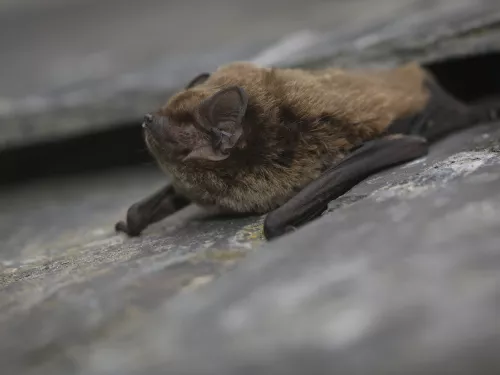Large heath
This bog-loving butterfly is mostly found in the north of the UK, where it takes to the wing in summer.
This bog-loving butterfly is mostly found in the north of the UK, where it takes to the wing in summer.
If you have a garden pond, look out for the Large red damselfly resting at the water's edge. As the name suggests, males are bright red with a black thorax, but females may be almost entirely black.
As its name suggests, the large skipper is bigger than the similar-looking small skipper! It can be seen in summer, resting on the long grass of grasslands, woodlands, verges and sand dunes.
The aromatic fragrance of Large thyme can punctuate a summer walk over a chalk grassland. It is an evergreen that grows low to the ground, with erect spikes of tiny, lilac flowers appearing over summer.
The large white is a common garden visitor - look out for its brilliant white wings, tipped with black.
Found almost everywhere, the large yellow underwing is a night-flying moth that is often attracted to lights. It is brown with orangey-yellow hindwings.
A scarce tree of England and Wales, the Large-leaved lime is the rarest of our native limes. It is tall and broad, and can be found in forests and parks, where it is frequently planted.
The Lawson cypress is a large, conical-shaped, evergreen tree that has been introduced into the UK and widely planted in gardens and parks. It has also naturalised along damp banks and woodland edges.

The Leisler's bat flies fast and high near the treetops, but you might also spot it flying around lamp posts, looking for insects attracted to the light.
The lesser-black backed gull can be spotted around the coast in summer, with the biggest colony on Walney Island, Cumbria. Look for it over fields, landfill sites and reservoirs during winter.
Heralding spring, a carpet of sunshine-yellow lesser celandine flowers is a joy to see on a woodland walk. Look out for it along hedgerows, in parks and even in graveyards, too, from March onwards.
Often overlooked, Lesser centaury is a tiny plant of grassy, open habitats like dunes, cliffs, heaths and grasslands. As its name suggests, it is much smaller than its relative, Common centaury.